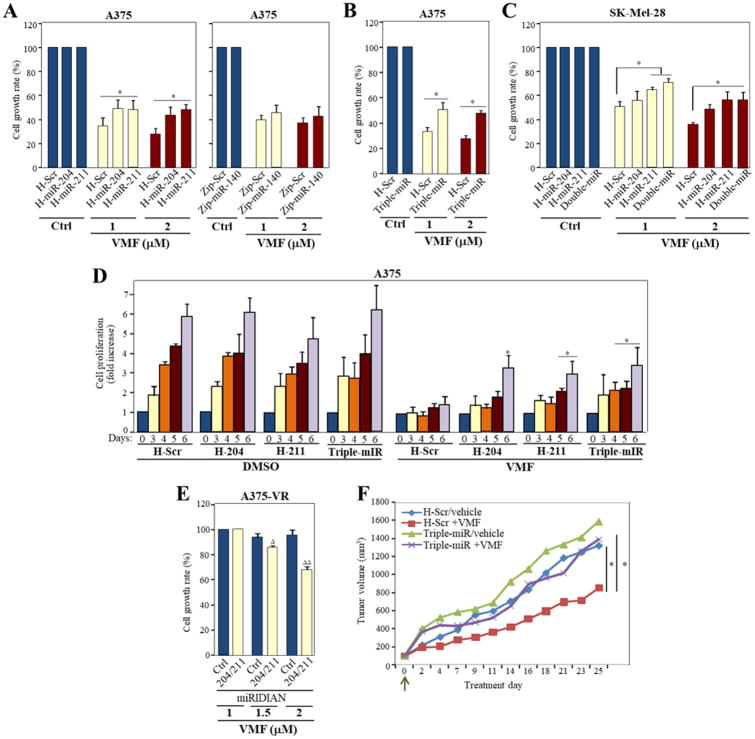Figure 5. Role of miR-204-5p, miR-211-5p and miR-140-3p in melanoma resistance to vemurafenib.
(A-C) The indicated control or miRNA A375 and SK-Mel 28 transductants were tested in MTT assays in medium without serum, in the absence (Ctrl) or presence of the indicated concentrations of VMF. Proliferation was significantly augmented, *p<0.05 (n=3-4). (D) Control (H-Scr cells), transductants over-expressing miR-204-5p or miR-211-5p, or triple-miR transductants were cultured in complete medium for the indicated times in the absence (DMSO samples) or presence of VMF (100 nM), and cell proliferation determined. Data is shown as fold increase in cell proliferation from three independent experiments. *Proliferation was significantly augmented (p<0.05), relative to the corresponding time points obtained with H-Scr control cells exposed to VMF. (E) A375-VR cells were transiently transfected with a combination of miRNA-204-5p and miRNA-211-5p miRIDIAN microRNA hairpin inhibitors or with a negative control, and transfectants tested by quadriplicate in cell proliferation assays in the absence of serum (n=2; ΔΔp<0.01, Δp<0.05). (F) Cells were subcutaneously inoculated into NSG mice and after 20 days, mice were randomized in four groups and treated with vehicle or VMF, as stated in the Methods. Shown are tumor volume determinations. Arrow denotes starting of treatments. (n=5 mice/condition, *p<0.05).

